Driving In Scotland For The First Time | Tips & Advice From A Scot
Discover What You Need To Know About Driving In Scotland!
You might think that driving in Scotland for the first time would be a similar experience to driving elsewhere. For the most part, that might be true; there are some challenges you may not have encountered elsewhere.
It’s not just about driving on the left; you’ll benefit from some preparation to understand local driving norms and learn the regulations to safely enjoy the fantastic scenery as you travel.
Having driven the length and breadth of Scotland for over thirty years in almost every conceivable weather condition, we’d like to share a few tips we’ve picked up along the way.
Trekking The Dream! contains affiliate links and is an Amazon Services LLC Associates Program member. We may receive a commission if you purchase using one of these links. This is at no extra cost to you and helps us to keep our site up and running! Read our privacy policy for more information.

Planning To Drive In Scotland?
🌟Book car hire from Rentalcars
🌟Family-friendly accommodation from booking.com
🌟Book activities & tours via Get Your Guide
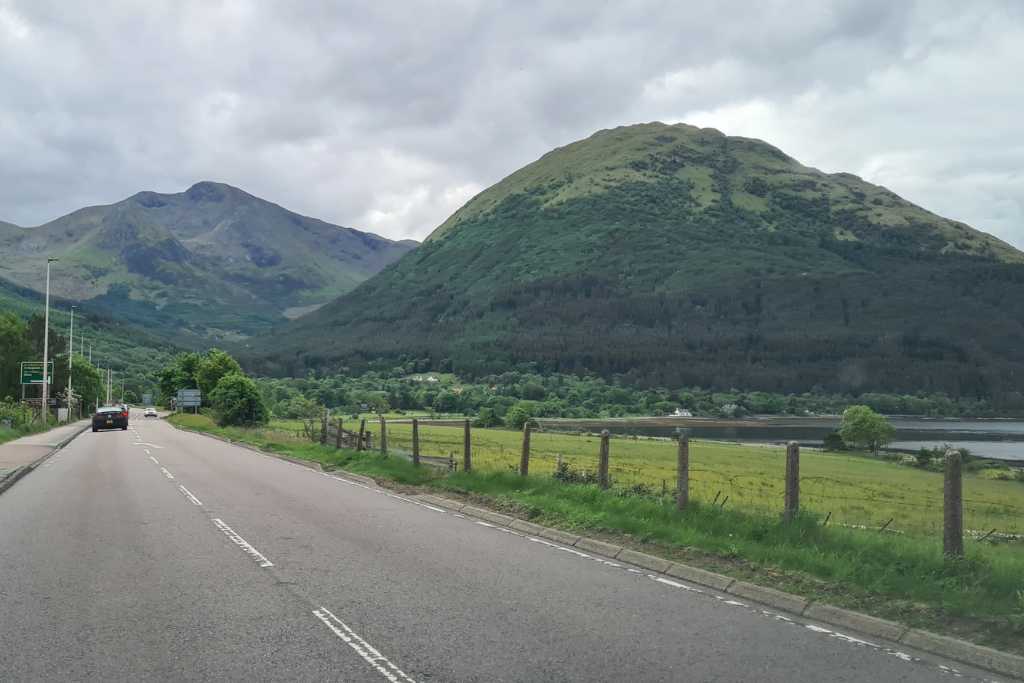
Driving In Scotland For The First Time
Scotland may be a small country, but the terrain can rapidly change over just a few miles, and it’s not uncommon for drivers to struggle in unfamiliar surroundings. Whether you have been driving for decades or have taken to the wheel more recently, we want to make sure your next road trip in Scotland goes without a hitch.
Essential Advice For Understanding Scottish Roads
As with the rest of the UK, Scotland drives on the left side of the road. Adjusting to driving on the left can take some time, and other than at airports and other transport hubs, it is not common to have reminders of which side of the road to drive on.
It is worth getting into the habit of taking a moment to orientate yourself every time you set off and before making turns across traffic. Always check left and right across both lanes.
Roundabouts are common in Scotland; you must give way to traffic from your right and signal your exit.
Pay attention to speed limits, which are in miles per hour (mph). Note: they are speed limits, not targets! You will likely be travelling much slower than the limit technically allows for on country roads, and you should take this into account when calculating your arrival time.
Speed Limits In Scotland
Urban areas: 20-30 mph
Single carriageways: 60 mph
Dual carriageways and motorways: 70 mph
Familiarise yourself with UK road signs as the terminology and symbols can differ from those used in other countries.
Uphill and single-lane roads have strategically placed passing places to allow vehicles to pass slow-moving traffic or to let oncoming traffic pass.
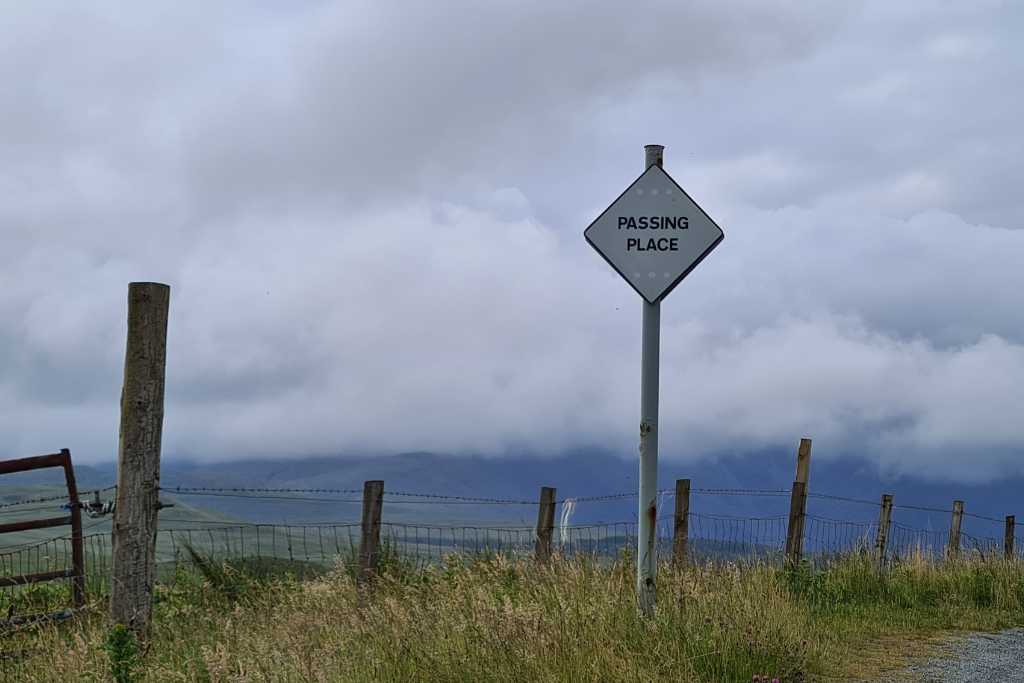
Practical Driving Tips
- Fuel: Fuel stations can be few and far between in rural areas. Keep your tank topped up, when exploring remote regions.
- Parking: Pay attention to parking restrictions. Use designated parking areas to avoid fines and avoid obstructing access routes, roads, driveways and passing places.
- Low Emission Zones: Cities have areas where particular vehicles are not permitted. If you have hired a car, you are almost certainly in a compliant vehicle but do check.
- Emergency Kit: Consider carrying an emergency pack, including a first aid kit, blanket, and flashlight. While not legally required, it is a good idea to be prepared.
- Night driving: Driving at night poses additional hazards. Wildlife. including deer, foxes and badgers, can appear on the road without warning and cause significant damage to your vehicle. Driving slower gives you more time to spot them and get out of the way.
Tips for Safe and Enjoyable Driving In Scotland
While the driving principles are the same regardless of the country, your driving style may need to be adapted. Unfamiliar cars, weather and road conditions can all affect your confidence, and it’s worth taking your time to become comfortable.
Be Prepared for Weather and Road Conditions
When driving in Scotland, be ready for unpredictable weather and changing road conditions. Low-level sun, rain, fog, mud, snow, and ice in winter can cause problems. Check the weather forecast before setting off, and be prepared to change your plans.
Rural areas often have narrow, winding, single-track roads. Be mindful of oncoming vehicles and animals such as sheep or deer. There is no legal requirement to fit winter tyres in Scotland, and roads are cleared and gritted as required.
Drive slowly and carefully, especially on unfamiliar or challenging roads, to ensure a safe journey through Scotland’s stunning landscapes. During heavy rainfall, water often builds up on roads. Drive to the conditions, and do not be tempted to drive through floods.
Scotland’s roads are in poor condition in some areas. Avoid potholes where visible, and take care in wet or snowy conditions. Some roads are curbed, others are not, and both can pose challenges.
Driving Etiquette On Roads In Scotland
Always be courteous to other drivers by using passing places on single-track roads to let oncoming vehicles or faster traffic pass. Remember to signal your thanks with a wave, maintaining a friendly and polite driving culture. Locals also use and live on roads along popular tourist routes; be careful not to obstruct roads or exits.
Stop Driving Often
While many routes in Scotland are scenic, the scenery is best appreciated up close. Try not to overfill your itinerary and allow plenty of time to stop, get out of the car and explore the route to your destination.
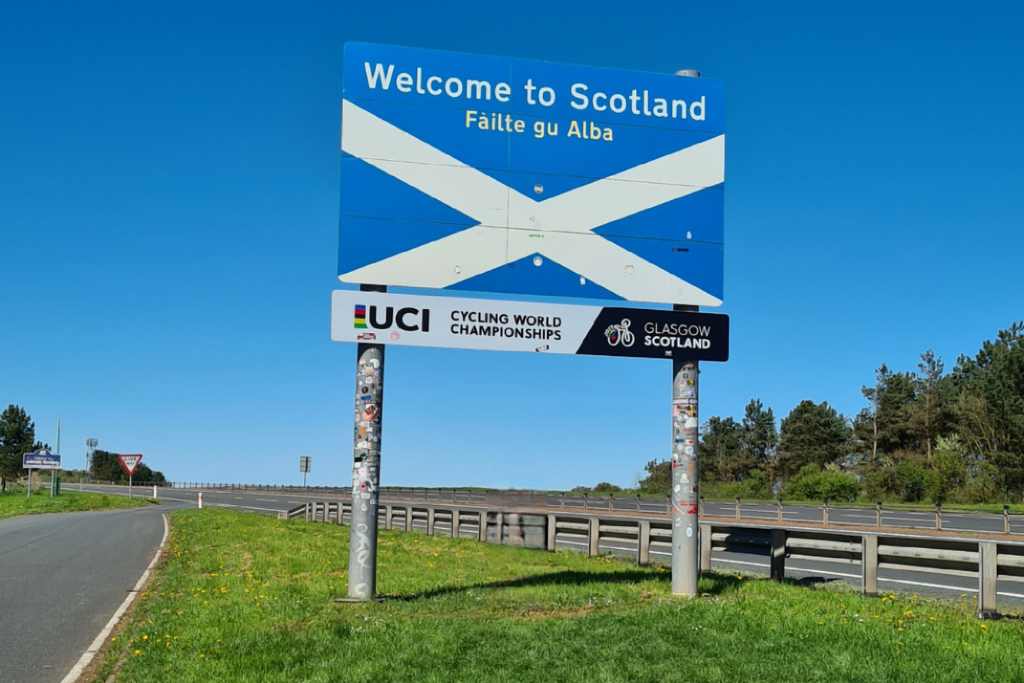
Legal Requirements For Driving In Scotland
- Driving License: Ensure your driving license is valid for driving in Scotland and accompanied by an International Driving Permit (IDP) if required.
- Insurance: Check your insurance covers your requirements before driving.
- Seat Belts: Seat belts are mandatory for all passengers. Under 12-year-olds must be restrained in an appropriate car seat for their age.
- Fit To Drive: Ensure your vehicle is equipped with good tyres and wipers.
- Drink Driving: Scotland has a lower legal alcohol limit than the rest of the UK. It’s safest to avoid drinking any alcohol if you plan to drive.
- Mobile Phones: Using a handheld mobile phone while driving is illegal in the UK. If necessary, use a hands-free system responsibly.
Navigating Single-Track Roads In Scotland
There are many scenic routes to explore, but they may also be challenging to drive.
Scenic routes often involve driving on single-track roads. You may need to drive slower due to bends, other vehicles (including tractors), uneven road conditions, blind spots, ford crossings and animals on the road.
Scenic Scottish Road Trip’s
Family road trips in Scotland offer scenic views, castles, wildlife and endless exploration. Here are a few of our favourites:
North Coast 500: This route circles the northern part of mainland Scotland and is the gateway to many Scottish Islands. It offers stunning coastal views and remote locations, giving you an authentic Scottish experience.
Loch Lomond and The Trossachs: This area is easily accessible from Glasgow, Edinburgh, and Stirling and offers beautiful drives through some of Scotland’s National Parks and along the shore of several lochs (lakes).
The Isle of Skye: The island is accessible by bridge, and the narrow roads become busy during peak season. This road trip is still well worth seeing some of Scotland’s most breathtaking landscapes.
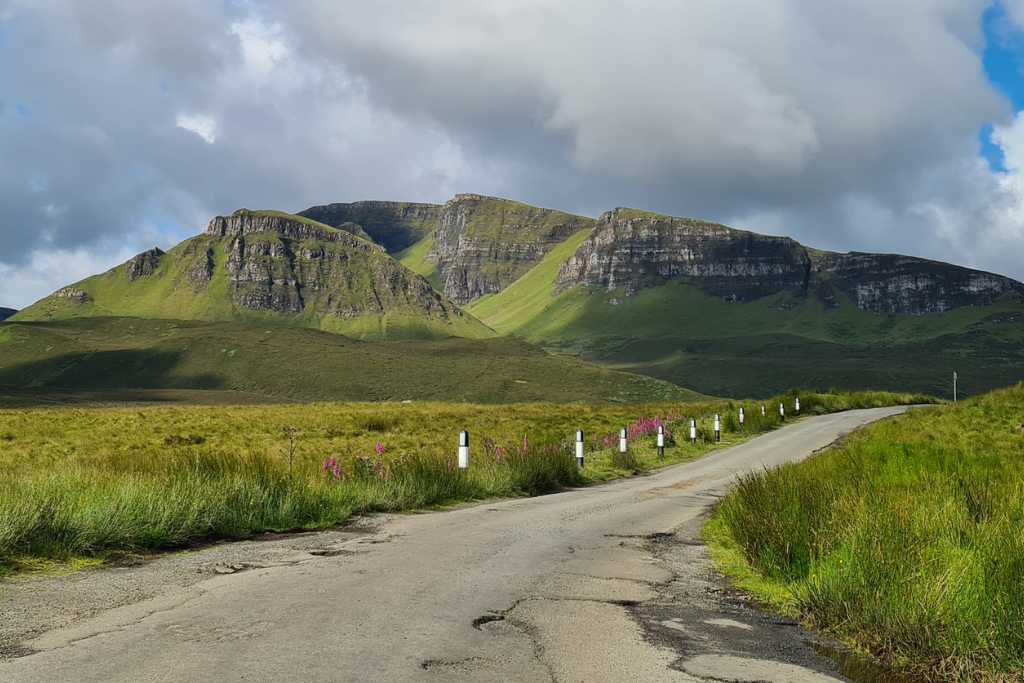
Choosing the Right Vehicle for Scotland
There are plenty of choices when selecting a vehicle to hire in Scotland. All-purpose tyres are standard year-round, and 4×4 is not essential on any route. There are practical things you should consider when booking a vehicle.
✨Drivers Age: Many hire companies in the UK require drivers to have held a driving licence for more than one year and be over 25. Depending on location and vehicle, a surcharge may be applied for drivers aged 21-24.
✨Manual vs Automatic: You can hire automatic and manual rental cars in the UK. If you prefer one over the other, specify which one when booking.
✨Vehicle Size: For ease of navigation and parking, we recommend you pick a vehicle that is just big enough to meet your needs and no more. Remember that you may need to accommodate luggage besides having enough seats for your party.
Motorhomes have become increasingly popular for Scottish road trips but can be problematic on rural roads. Consider an alternative such as camping by car or campervan unless you are confident with large vehicles on country roads.
✨Navigation By GPS and Maps: Having SatNav in your rental car can be very helpful for navigation. We use Google Maps, but data coverage is unreliable across many areas of Scotland and having a backup paper map is a worthy consideration.
✨Collection And Drop Off: Car hire collection points are available in all Scottish cities. However, due to Scotland’s geography and popular routes, selecting a different city to return the car anywhere in the UK may make sense.
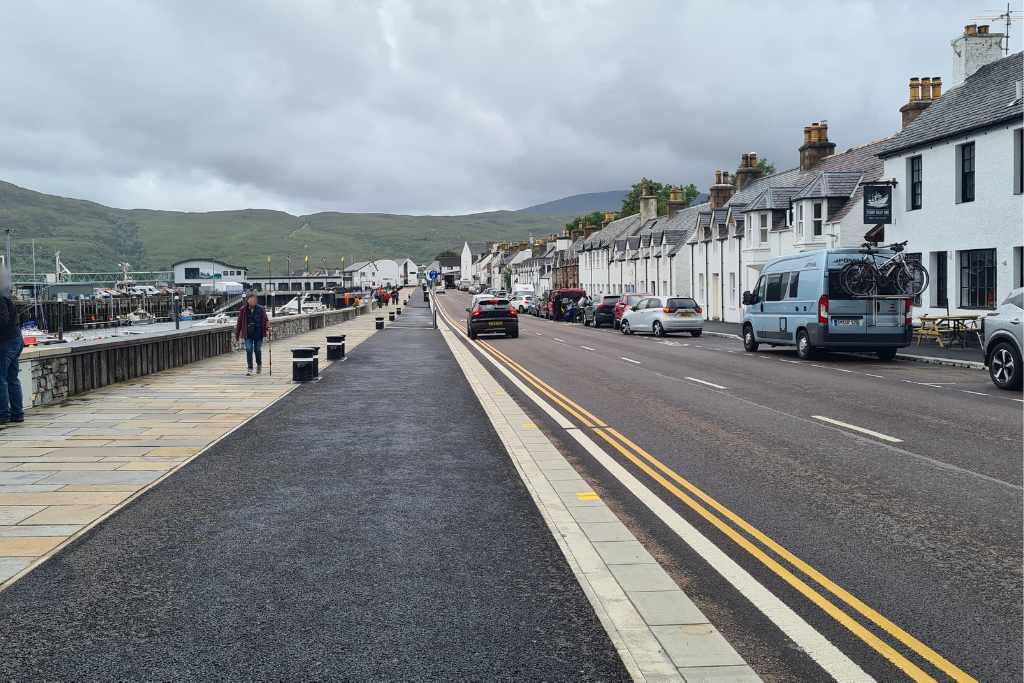
Final Thoughts | Driving Scotland’s Roads
Enjoy your time driving in Scotland with some preparation on what to expect and taking your time. To help you with this, read The Highway Code, which explains in simple terms what the rules are and how to keep yourself and other road users safe.
